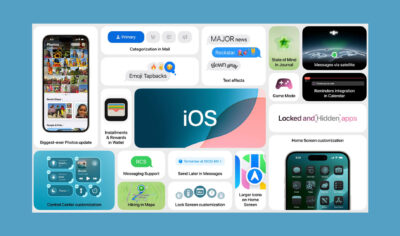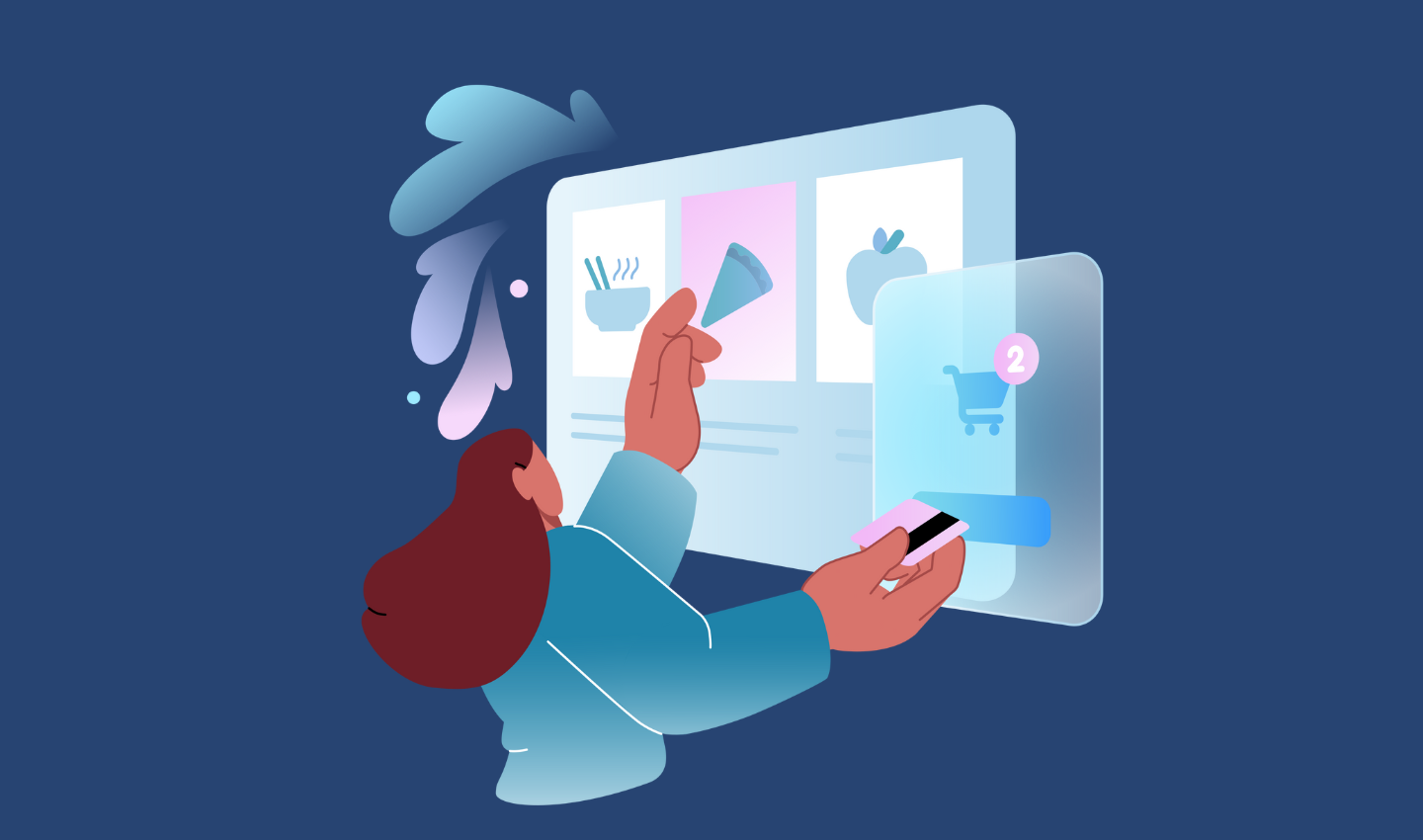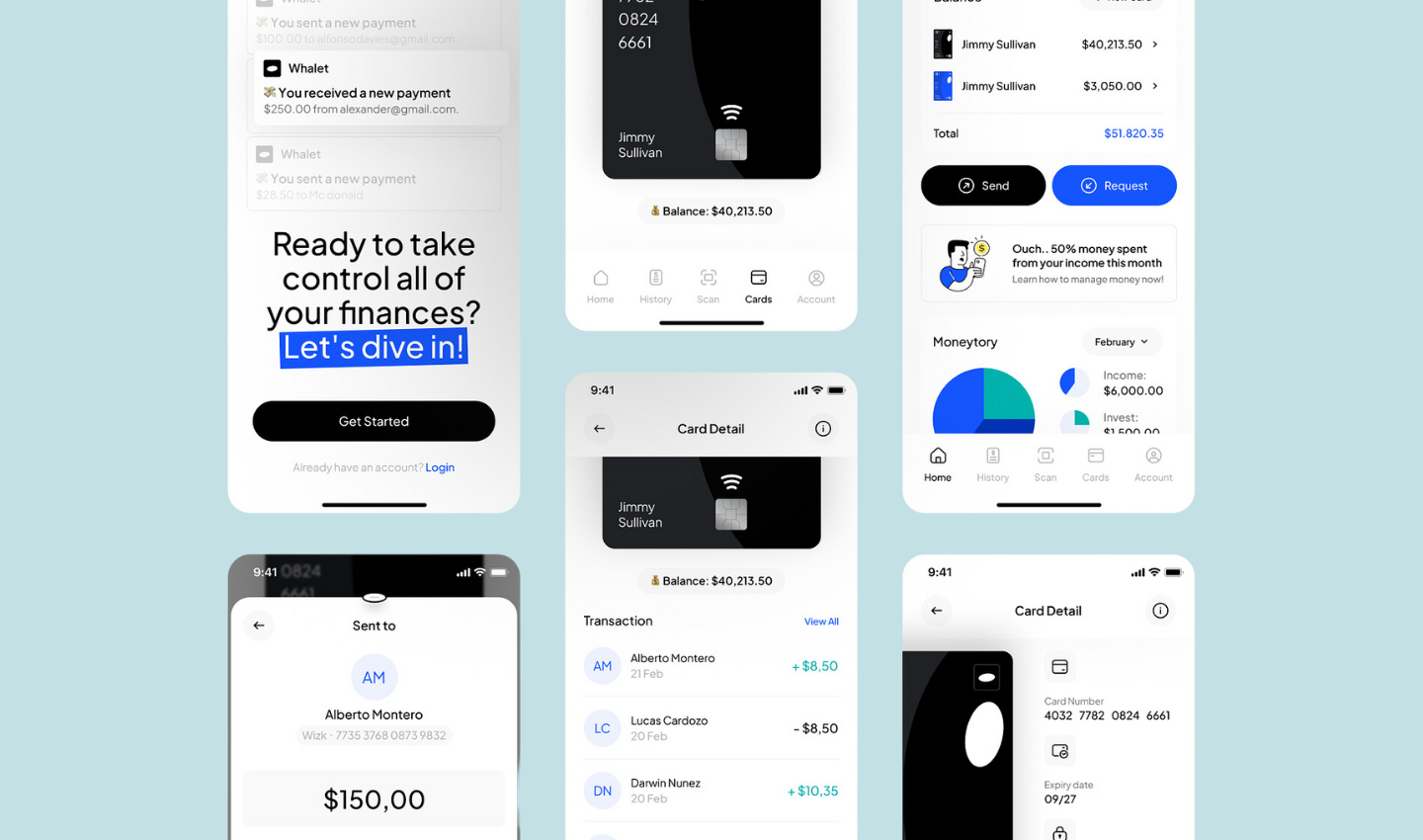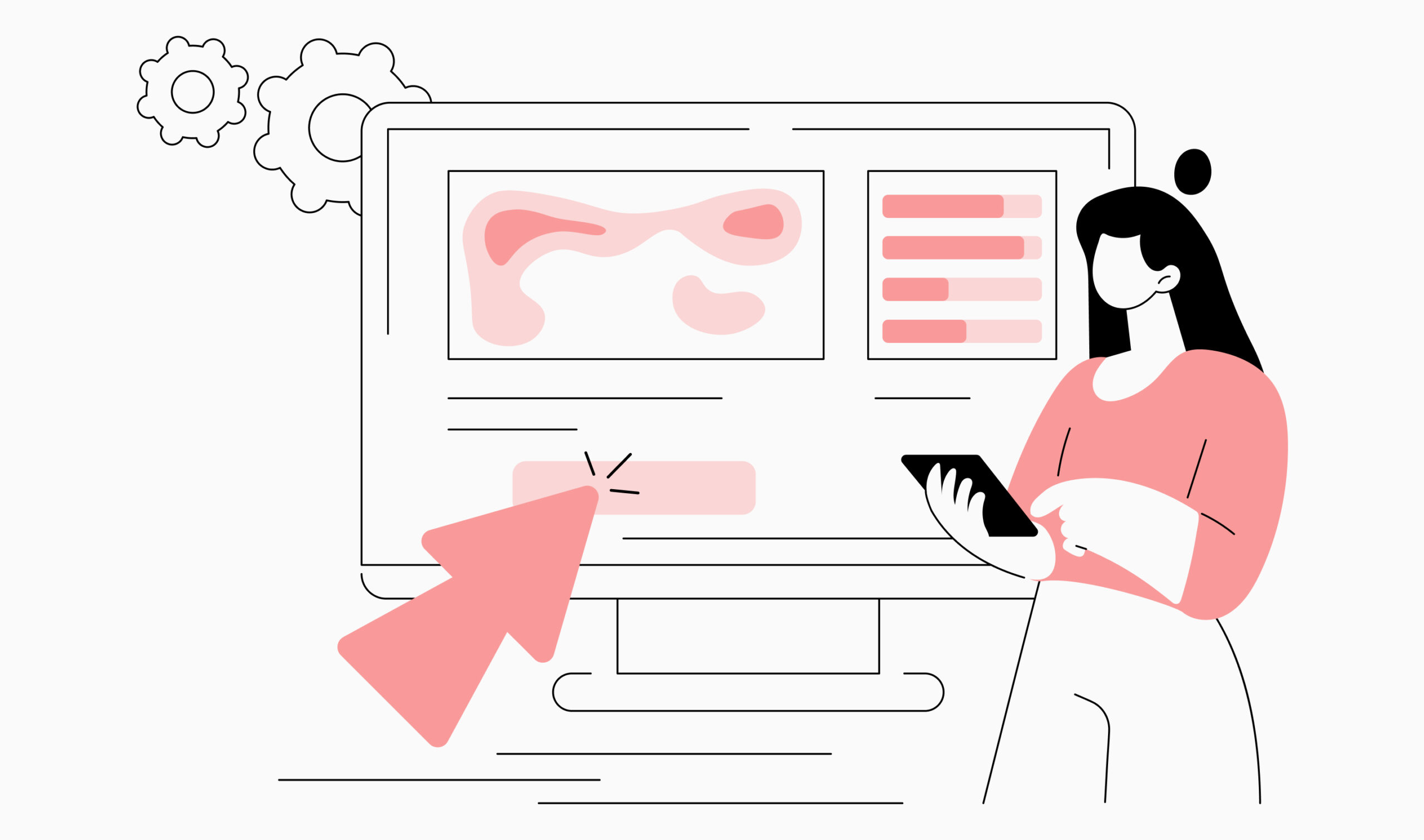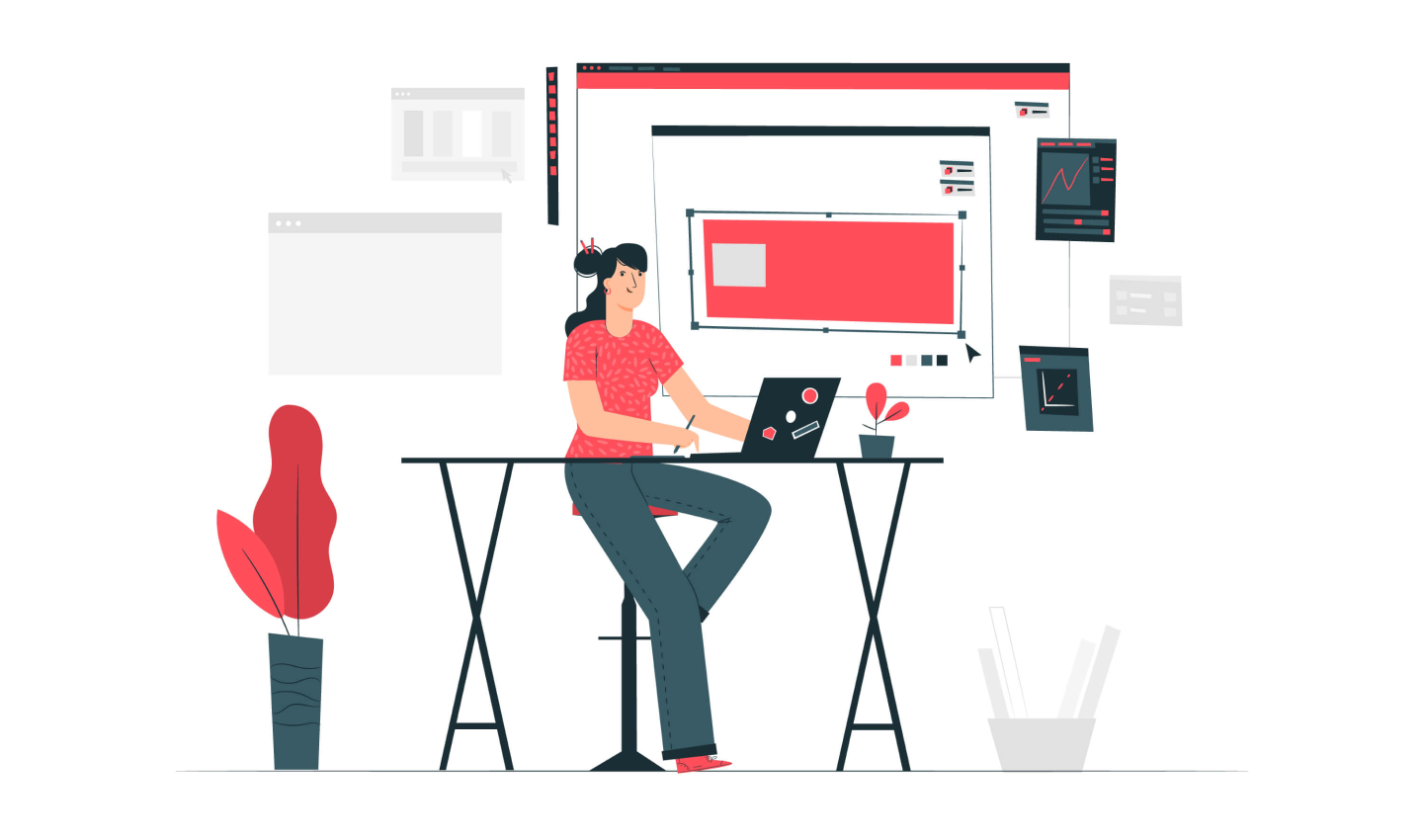
Design Guide for Startup Founders Building a Product
You have found your lightbulb moment and have an idea to revolutionise an industry. You’re ready to start your business; take the risk in the hopes of taking off. The entrepreneur life chose you.
Great, now you’ve secured capital, have done your research and want to build your product, but you don’t have a tech or a design background. Don’t worry, friend, we’ve got your back. This post will help you understand what you need to know and do as a startup founder to build or enhance their product.
Designing and building a product will not be an easy process – don’t listen to anything otherwise. It’s going to be an obstacle-ridden road with hoops to jump and some significant decisions to make.
As a relatively new entity, you’re going to be conducting research, understanding customer pain points, industry dynamics, and so on. Once you’ve established that, you will invest time and resources into bringing the said product to life. Now, when you’re approaching this, it’s easy to get carried away with sensationalised topics like ’minimalistic design’, ‘colour psychology’, ‘iconic logo’ and so on. Still, you must understand the different foundational design requirements you will need now more than ever.
Table of Contents
What are the types of design you need to know?
At this stage, we will ask you to step back and first understand the different types of design needs your business has. Let’s go through them:
Product design
The most integral tenet of any business. It is the same solution that addresses your customers’ needs and issues. This isn’t just limited to the app or different screens; it includes market research, UX research, and user testing. Product design is NOT a one-off process – it’s a continuous iteration, depending on the market, especially how your target audience evolves.
Brand design
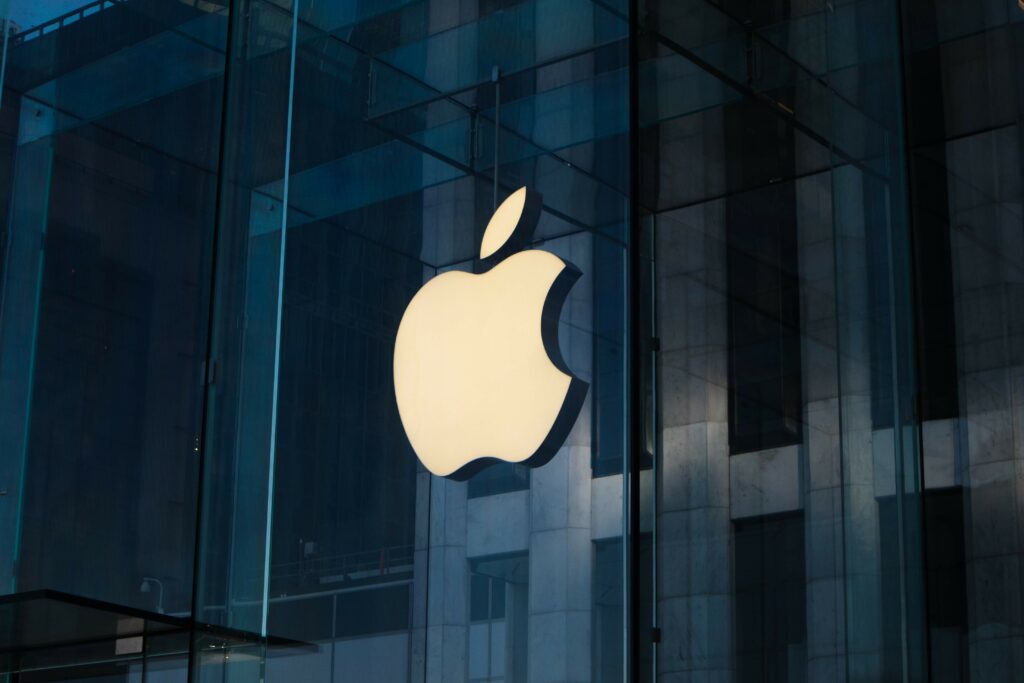
This type of design concerns the aesthetic impression of your brand – the colours, the logo, the font, the visual ads, and what perception they create. As mentioned earlier, it’s easy to go down this rabbit hole – it’s essential, and there should be a foundation of brand design that speaks into your product, but it’s best to focus on this design area when you have established the product.
Web design
We can say this with utter confidence that every time a person hears about your new product, they’re going to look you up on Google. Now, if they can’t find a legitimate website that accurately represents what you do and who you are, you’ve just lost a customer. So for most startups, a website is the first step and crucial.
💡 Remember: Design is subjective and heterogeneous.
Where should you start?
- Market research
Before you jump the gun on building a product, it’s important to gauge product and solution viability. Most startups fail because they decide to conduct user interviews after launching an MVP, wasting time and resources. The solution? Conduct user interviews before you go into ‘Bob the Builder’ mode.- Establish your target audience and talk to potential users about the current solutions available in the market.
- Conduct competitor analysis to understand where you’re dipping your toes.
- Create a value proposition canvas, do your SWOT and PESTEL analysis
- Establish the foundations of your brand
Once you’ve gauged the market, you will have a fair bit of idea of what works – implement that to start building your brand guidelines. Find that balance between getting your logo from a freelancer for $10 and spending $100k on branding alone. To kickstart your branding, you can hire a designer or reach out to an agency that can do it all for you without the long term commitment pressure.
💡 Remember: Your branding WILL change. You will iterate your designs as you learn from your customers. Don’t be afraid to change.
At this stage, it may also be a good idea to run a design thinking workshop or a Branding Discovery workshop to uncover the design aspects that will dictate your brand perception and to understand the vision & goals of the company, which will reflect in the product too. It is essential to gain clarity and stay consistent with the vision you started with.
💡Remember: Investing in good branding now will save you heaps in the future rather than cheaping out on a $5 Fiverr freelancer logo now.

- Build a functional website
A website is like your online identity, and no I.D.= no service. Hence, you need to showcase your idea to the world through this identity. And mind you, you can build one without any coding experience. There’s a bunch of no-code tools to build your website today like Webflow & Wix that make it 100x times easier than what it was 10 years ago – you have no excuse. With a lean approach, you could have a functioning website in as early as 1 week – start with a free 30 min strategy session.
You’re ready to build the product, what’s next?
Okay, now this can go two ways:
- You can take the time to build your in-house UI/UX Design team.
- You can hire a UI/UX agency to build the product from scratch including research & testing.
Now, there are pros & cons to both, but the best-suggested path is to kick-off the product with an agency since it’s quicker, and you will have access to experienced professionals who can hit the ground running.
Regardless of what you choose, the UX Designer(s) will go through various stages, from defining the problem to user research to building wireframes to testing. This process is perhaps the deciding factor of whether your startup makes it the unicorn you want it to be. It may seem exaggerated, but outstanding UX design is what will keep those customers coming in. You could implement world-class marketing strategies, blow your budget on acquisition & retention. Still, if your UI/UX is not worthy, you’re bound to fail.
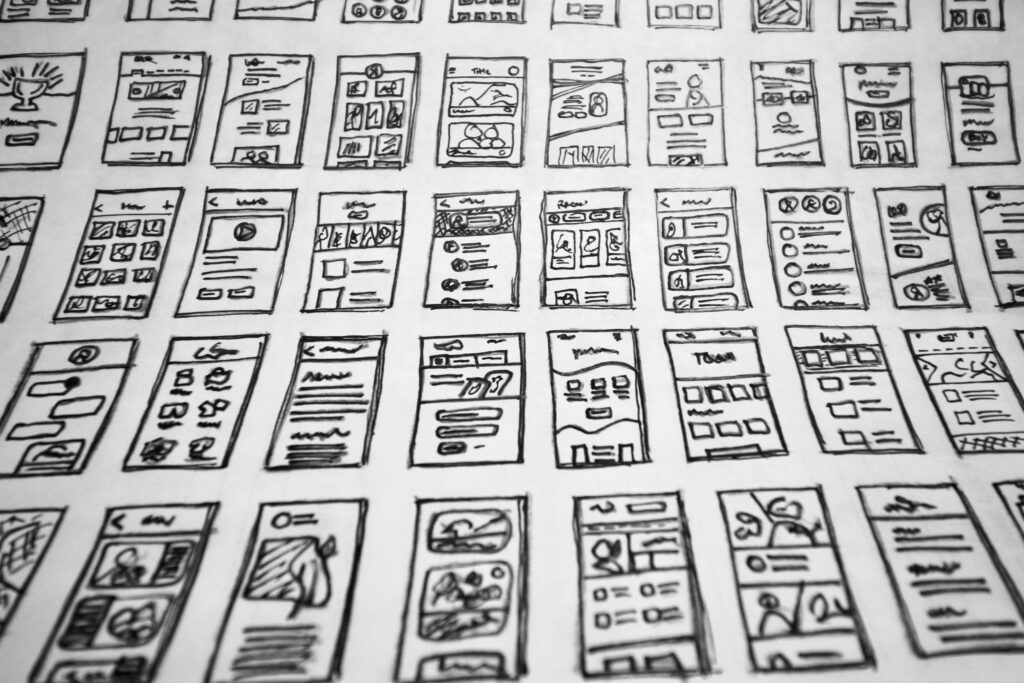
📚Read: What is UX, and why is it important for my business?
Remember that you can’t really measure the ROI of design, but you need to trust the process.
After all the back and forth, the UX Designer has created the product, ready to move to the development stage. Here, the software developers will code the design into a live product. If this is your first product built from square one, it may be a good idea to start with an MVP (Minimum Viable Product), i.e., a primary product with all the features needed to test with your early adopters.
And that’s it. You now have a product ready to hit the ground and be available in the market. From this point forward, your product will be regularly iterated and updated to keep up with consumer demands. This will require an in-house product designer and a developer, but you can stay no-strings-attached with your agency until you have the resources to hire someone.
Conclusion
It’s a remarkable feat to start your own company and solve a problem. Still, that idea needs to be followed up with exhaustive research, idea validation, actually designing the product, followed by rigorous testing and updating.
Yes, UI/UX, branding, and web design are sensationalised, but they play the most crucial role. Your startup needs to be product-focused which in turn is customer-focused. Good design can do wonders for your business.
Take your company to the next level and get results with our world class user experience, interface design and implementation.
Get a FREE 30 min Strategy Session

Related posts
Microinteractions Unveiled: Transitioning from Usability to Emotion in Modern Design
Microinteractions refer to the small, nuanced animations or responses that occur when users engage with a digital product. They are […]
Best Practices and Trends in Banking App UX Design
The importance of banking app UX design has never been more critical, as users increasingly rely on digital solutions to […]
Design Psychology: 4 Principles that Empower Designers – Part 4
Here it is! The final part of our 4-part series on basic design psychology! We’ll be tackling the last sense […]
Creative product design that gets results
Take your company to the next level with world class user experience and interface design.
get a free strategy session
